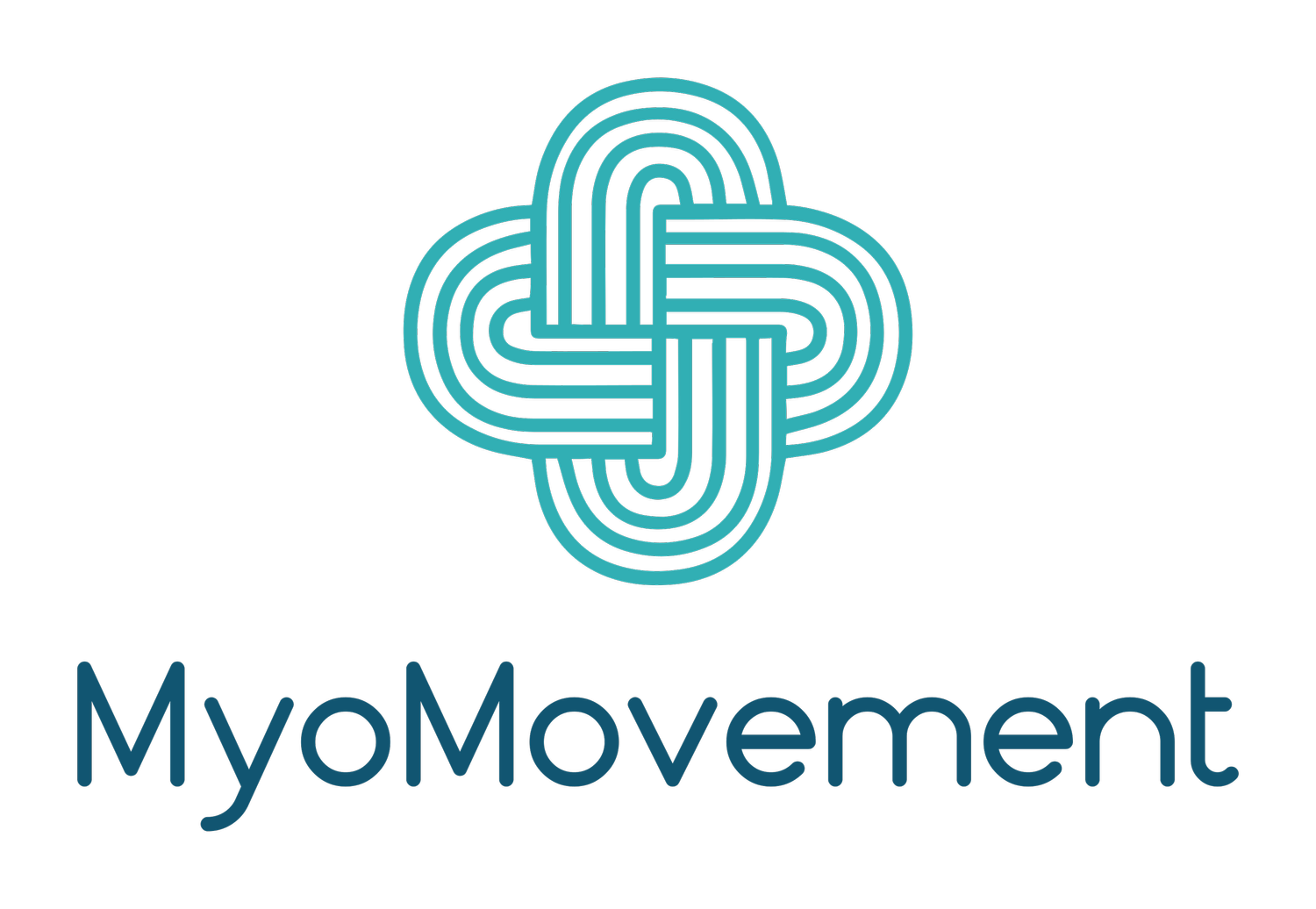Breathing Right: Unraveling the Difference Between Mouth and Nasal Breathing in Myofunctional Therapy
Breathing is an essential and often overlooked aspect of our overall health, with significant implications for oral and facial well-being. Myofunctional therapy, a field dedicated to the study of facial and oral muscles, recognizes the profound impact of breathing patterns on various aspects of health. In this blog, we delve into the differences between mouth and nasal breathing and explore their relationships with myofunctional therapy.
Mouth Breathing: A Detriment to Oral Health
Mouth breathing, the act of inhaling and exhaling through the mouth, can have far-reaching consequences on both oral and facial structures. Causes of mouth breathing may include nasal congestion, allergies, or even habitual behaviors formed during childhood. Myofunctional therapists often encounter clients exhibiting mouth breathing patterns, which may be linked to issues such as tongue thrust or improper swallowing.
Oral Health Implications:
Chronic mouth breathing can contribute to dry mouth, bad breath, and an increased risk of dental problems such as cavities and gum disease.
The absence of natural filtration mechanisms in the nose during mouth breathing may expose the oral cavity to harmful bacteria and irritants.
Facial Development:
Mouth breathing can impact facial development, leading to issues such as facial asymmetry and malocclusions.
Myofunctional therapy aims to identify and address the root causes of mouth breathing, working to strengthen and coordinate oral and facial muscles for improved function.
Nasal Breathing: The Key to Optimal Health
In contrast, nasal breathing involves inhaling and exhaling primarily through the nose. The nose serves several critical functions, including filtering and humidifying incoming air, regulating airflow, and releasing nitric oxide—a compound with various health benefits.
Respiratory Benefits:
Nasal breathing promotes optimal oxygen exchange and supports the body's natural filtration mechanisms.
Myofunctional therapy often emphasizes the importance of nasal breathing for overall respiratory health.
Myofunctional Therapy and Nasal Breathing:
Therapists may incorporate exercises to improve nasal breathing, addressing issues such as nasal congestion and promoting proper tongue posture.
By encouraging nasal breathing, myofunctional therapy aims to optimize respiratory function and contribute to a healthy oral environment.
In the realm of myofunctional therapy, the distinction between mouth and nasal breathing holds immense significance. Addressing mouth breathing patterns is crucial for preventing a cascade of oral health issues and promoting proper facial development. On the other hand, myofunctional therapy actively encourages the adoption and enhancement of nasal breathing, recognizing its pivotal role in overall health. By unraveling the intricacies of breathing patterns, myofunctional therapy paves the way for individuals to breathe right and unlock the full potential of their oral and facial well-being.

